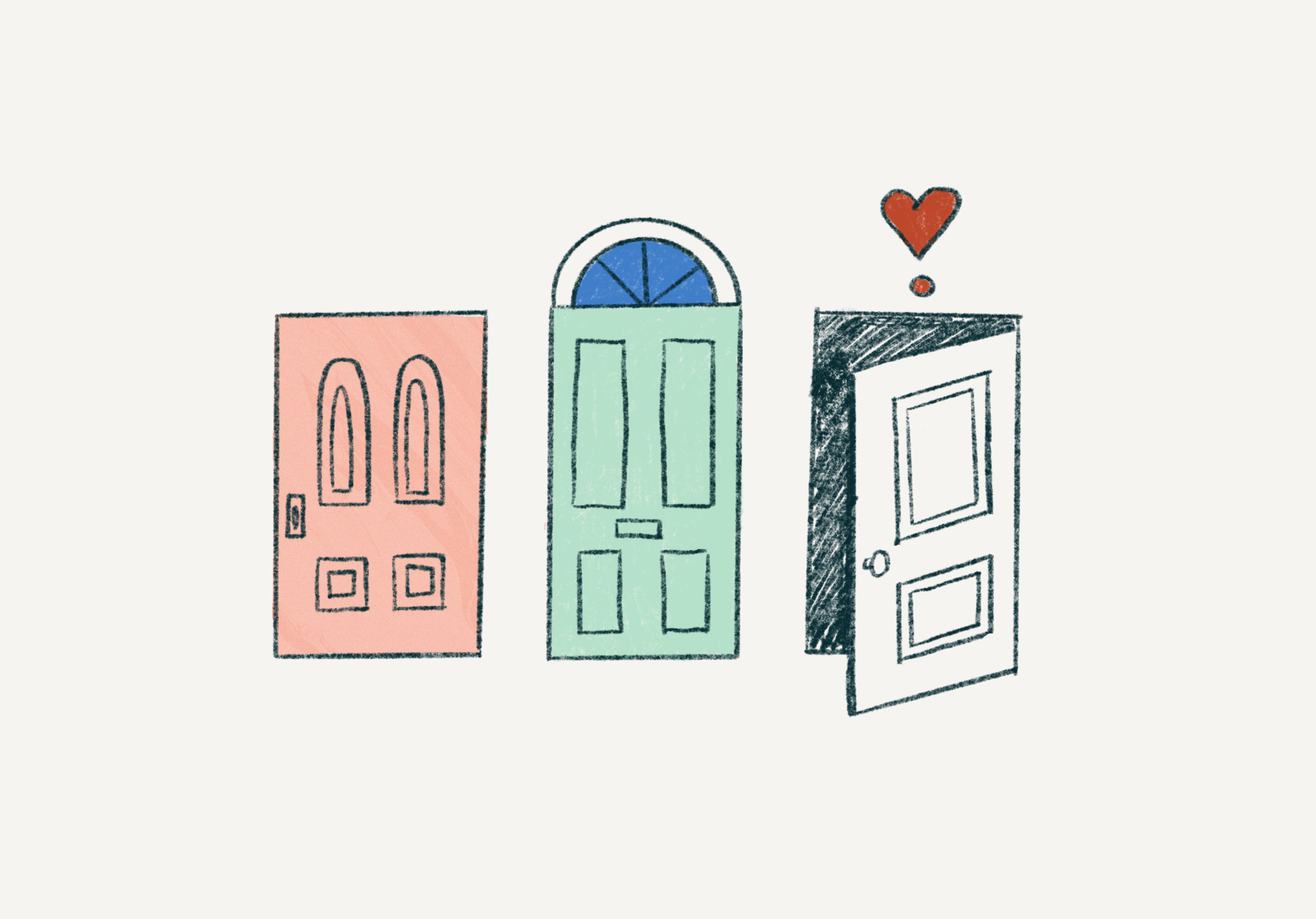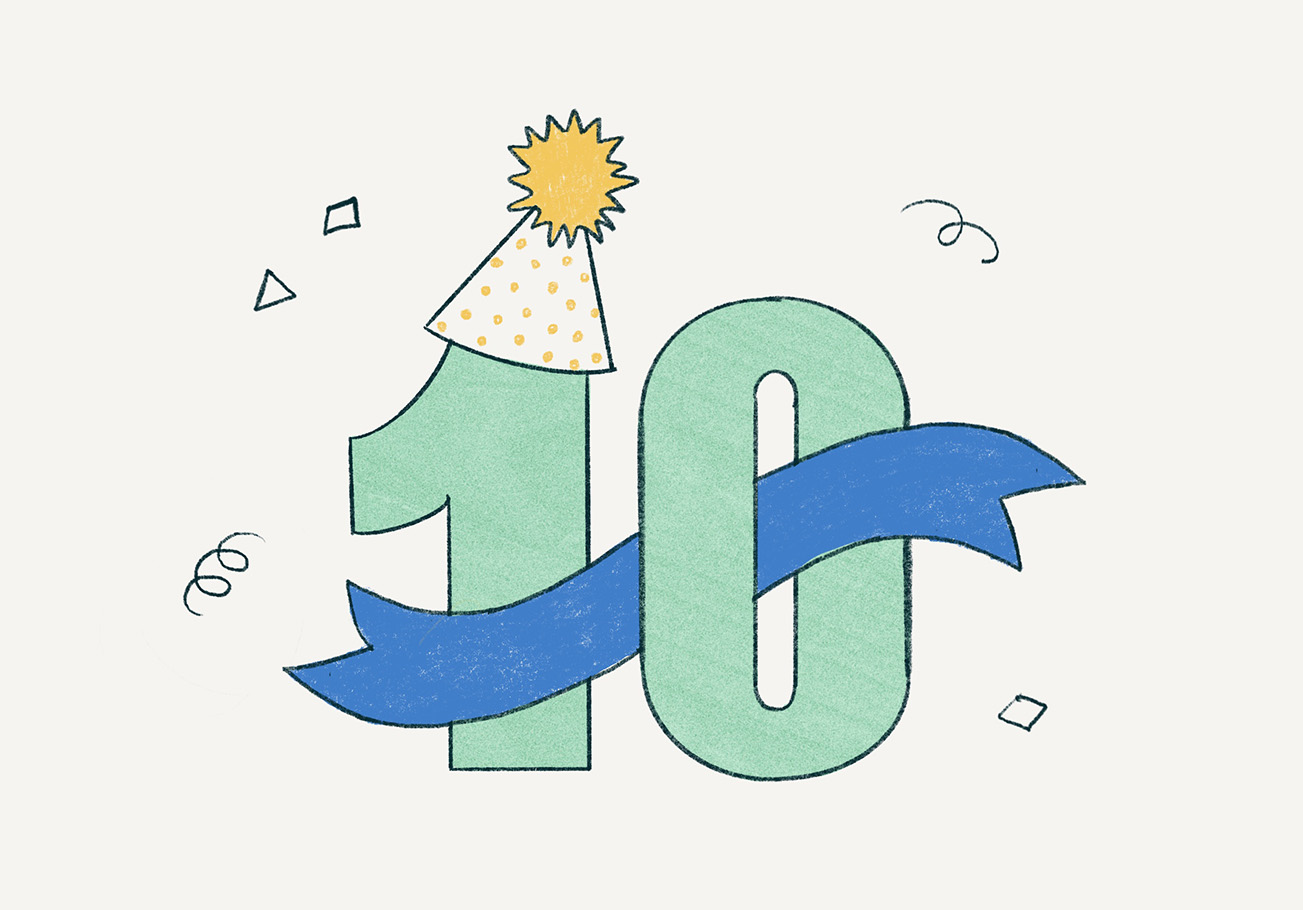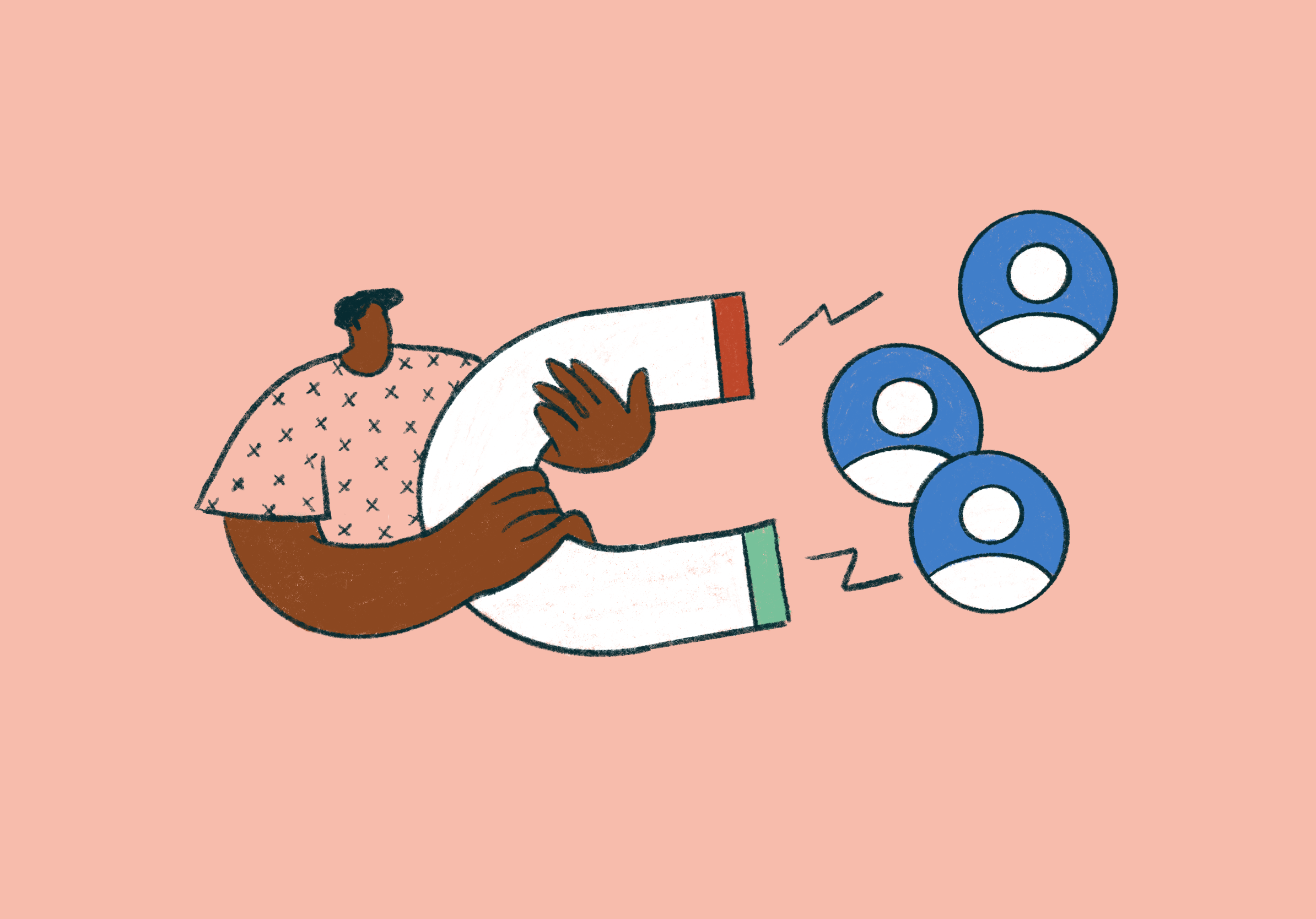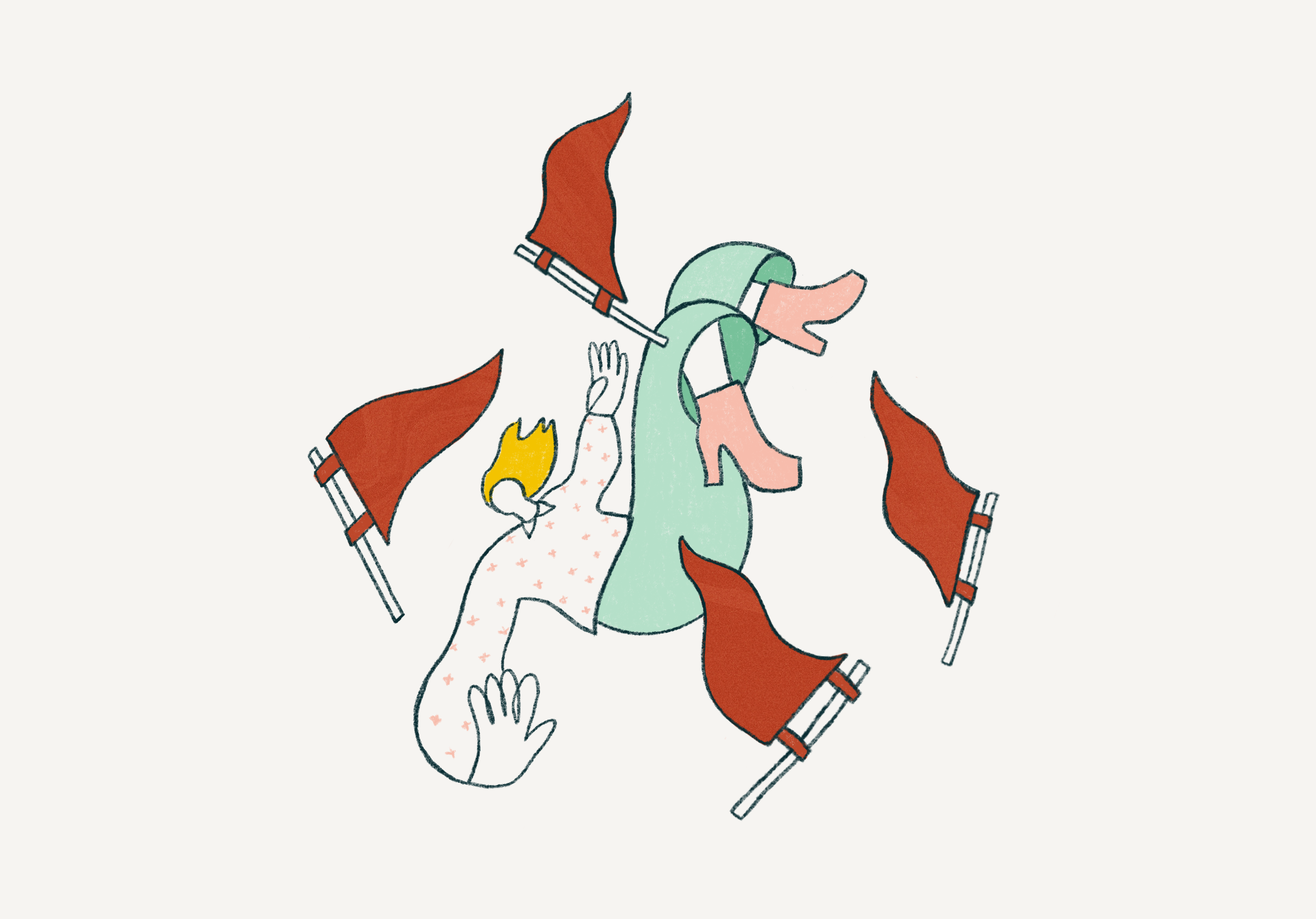As you plan for the future of your marketing department, design expertise is always near the top of your list. But design expertise comes at a cost, and your organization’s budget is always under pressure. What is the best way to decide how to resource the right talent for the marketing efforts in your plan?
Ultimately, the answer comes down to your organization’s needs—and the most effective choice for addressing them.
3 Options for Meeting Your Organization’s Design Needs
Your organization will always have design needs. When deciding how to meet them you have the following options:
1. Hiring an In-House Designer to Support Marketing Initiatives
In terms of providing dedicated expertise, hiring a new full-time designer has a number of clear advantages. An in-house designer will be primarily focused on what you assign them, and you have the most control over how their work is prioritized.
Hiring a new team member is the best option when you’re facing a consistent volume of marketing projects that will justify this role and its expenses. A dedicated full-time designer offers the additional advantage of bringing on an individual who will grow to fully understand the needs of your organization and how it functions.
Disadvantages of Hiring a Full-time Designer
Hiring a full-time designer may be a fixed expense but isn’t cheap. Along with accounting for salary, benefits, equipment, and ongoing training and education, you also need to factor in the inherent challenges of the job market for designers.
Top-tier design talent typically gravitates to design agencies that offer a wide variety of clients and projects, plus a team of other creatives to learn from and collaborate with. Because of this, designers will often take a lower salary to work in an agency environment rather than an in-house position at an association. As a result, if you want to hire a skilled designer, they won’t come cheap.
Another challenge of in-house talent is that they rarely get the opportunity to develop deep skillsets. In-house designers often get bogged down with endless small to mid-sized tasks and lose the capacity for bigger projects. Without a creative director to push a designer’s creativity, their work can easily plateau. An in-house designer must be very self-motivated to push themselves to perform at a high level consistently.
As an in-house designer grows immersed in your organization’s internal politics and motivations, they gain deep knowledge about your organization but can lose the perspective to think big. You need to ensure the talent that supports your marketing is in a position to consistently deliver standout creative solutions that will keep your organization moving forward.
2. Hiring a Freelance Designer
Bringing on an individual freelance designer constitutes the middle ground of your three options. A freelancer avoids the additional overhead of bringing on a full-time employee, and it allows your organization to temporarily add valuable skillsets.
A freelancer is ideal when your marketing team has multiple projects in the works but not enough consistent design work to justify a full-time employee. They can be a quick, flexible, cost-effective option.
Drawbacks to Working with Freelance Designers
The freelance market is full of experienced designers who can take on your organization’s next project. However, you get what you pay for in terms of skill level, availability, and responsiveness. The most talented designers are not only expensive but are also in demand and often hard to reach.
A less-experienced designer may be cheaper, but they may lack the skill set your organization needs. Freelancers don’t have project managers or other support staff so you’re often at the mercy of their schedule, workflow, and other priorities.
A freelancer offers you the flexibility to complete your marketing projects, but that flexibility goes both ways. If you need a project delivered by a specific date, a freelancer may be tied up with a full-time job or other clients when you need them most.
3. Contracting With a Dedicated Design Agency
Even if your in-house design team can support your organization’s day-to-day marketing priorities, some projects require additional expertise. Higher stakes and time-intensive projects such as big events or transformative initiatives such as branding and website redesigns strain any organization’s resources and push the limits of their skill sets. That’s where an outside agency offers crucial advantages.
Agencies offer an outside perspective that no in-house designer is equipped to deliver. They don’t have pre-existing relationships with stakeholders, and they aren’t tied to internal politics, history, or biases that inhibit new ideas. They have decades of experience helping clients like you. With access to multi-disciplinary teams, they can create and manage everything your project needs and deliver these items on time.
When you hire a specialist agency they have solved your problem many times, in many different ways. They have built a creative team full of individuals who bring different talents and experiences to the table. You didn’t have to hire them, train them, or manage these unconventional employees. You get to hire them to drop in and solve your problem.
Downsides to Partnering With an Outside Agency
Agencies are nimble and scalable. They have access to a broad rolodex of talent to serve your needs, including designers, strategists, writers, and developers. But all that expertise and reliability costs money.
One-off smaller design jobs aren’t cost-effective for an agency to produce and are often beyond the scope of the services they provide. If your organization has a limited budget, you should work with an agency for only your biggest, most important projects.
It can also be challenging to identify the right agency to work with. Especially if you’ve had a bad relationship in the past. When selecting an agency we suggest a QBS process over the older RFP model.
The Ideal Mix: Partnering With an Agency for a Hybrid Approach
Combining an in-house designer with an outside agency offers the best of both worlds. When you use a staff designer, these individuals can handle the day-to-day demands of your marketing department. Then, for larger projects, you can turn to an agency to provide the outside perspective combined with the advanced skills and experience you need.
An outside agency offers a boost of creative horsepower. To stay competitive, they have to remain informed of the latest design trends and technologies. Plus, they offer a critical perspective that will challenge “the way we’ve always done it” and find real solutions to your marketing needs.If this sounds like a relationship that will benefit your member-driven organization, we should talk. We’ll make sure your next project has the right talent on hand to create the results you need.





